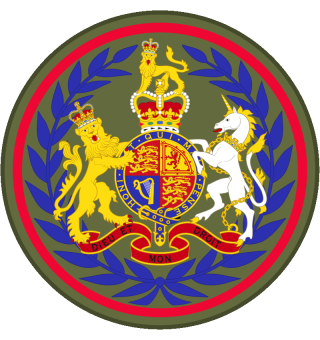
Conductor (Cdr) is an appointment held by a few selected warrant officers class 1 in the Royal Logistic Corps and is one of the most senior appointments that can be held by a warrant officer in the British Army. Previously conductor was the most senior warrant officer appointment, but it was outranked with the creation of the Army Sergeant Major appointment in 2015 following Army reforms. The appointment was also reintroduced into the Royal Australian Army Ordnance Corps for selected warrant officers class 1 in 2005.

The Royal New Zealand Army Logistic Regiment, is the New Zealand Army's main military Logistics and combat service support (CSS) element. It is the largest regiment in the NZ Army.

The Royal Army Ordnance Corps (RAOC) was a corps of the British Army. At its renaming as a Royal Corps in 1918 it was both a supply and repair corps. In the supply area it had responsibility for weapons, armoured vehicles and other military equipment, ammunition and clothing and certain minor functions such as laundry, mobile baths and photography. The RAOC was also responsible for a major element of the repair of Army equipment. In 1942 the latter function was transferred to the Royal Electrical and Mechanical Engineers (REME) and the vehicle storage and spares responsibilities of the Royal Army Service Corps were in turn passed over to the RAOC. The RAOC retained repair responsibilities for ammunition, clothing and certain ranges of general stores. In 1964 the McLeod Reorganisation of Army Logistics resulted in the RAOC absorbing petroleum, rations and accommodation stores functions from the Royal Army Service Corps as well as the Army Fire Service, barrack services, sponsorship of NAAFI (EFI) and the management of staff clerks from the same Corps. On 5 April 1993, the RAOC was one of the corps that amalgamated to form The Royal Logistic Corps (RLC).
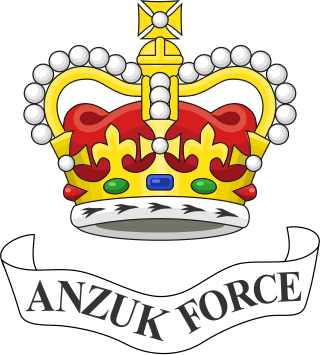
ANZUK was a tripartite force formed by Australia, New Zealand, and the United Kingdom to defend the Asian Pacific region after the United Kingdom withdrew forces from the east of Suez in the early 1970s. The ANZUK force was formed in Singapore on 1 November 1971 under Rear Admiral David Wells and disbanded on 31 January 1974.
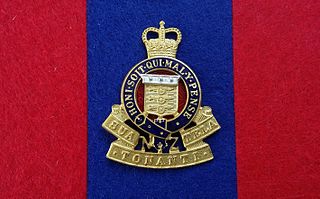
The ANZUK Ordnance Depot was established in 1971 to provide logistical support to Australian, New Zealand and British forces stationed in Singapore and Malaysia as part of ANZUK Force. It was commanded by a Royal Army Ordnance Corps officer of the rank of lieutenant colonel and staffed by Australian, New Zealand and United Kingdom personnel and Locally Employed Civilians. This organisation operated for only a short period. Australia changed Government in 1972 and the incoming Labor Government decided to withdraw Australia’s commitment to the region. This took effect in 1974 and was followed later by the withdrawal of the British forces. It was then decided that New Zealand should form its own Advanced Ordnance Depot, designated the New Zealand Advanced Ordnance Depot (NZAOD). This was the start of a commitment which was to last until December 1989.

The Royal New Zealand Electrical and Mechanical Engineers (RNZEME) was a New Zealand Army Corps comprising Army trained tradesmen (craftsmen) who repaired Army equipment wherever New Zealand Forces served.
Authority was granted under New Zealand Defence Forces General Order 90 to raise the New Zealand Army Ordnance Section with effect from 1 April 1915.

New Zealand Force South East Asia (NZFORSEA) (1974–1989) comprised the elements of the Royal New Zealand Navy, New Zealand Army and Royal New Zealand Air Force. Much of the New Zealand military left Singapore as part of operation Kupe in 1989, leaving behind a residual Defence Support Unit (NZDSU).
William Thomas Beck was a New Zealand Army Officer and one of the first New Zealand soldiers to land on Gallipoli on 25 April 1915.
5 Advanced Ordnance Depot was a short lived Royal Australian Army Ordnance Corps and Royal New Zealand Army Ordnance Corps combined Depot in Singapore 1970 to 1971.
The Defence Stores Department was a department of the New Zealand Defence Department responsible for the purchase, receipt, issue and repair of stores, initially for the Armed Constabulary and then the Permanent and Volunteer Forces of New Zealand from 1862 to 1917.
The Military Store Department (MSD) was a British army supply organisation that supplied the British Imperial Forces in the Colony of New Zealand from 1840 to 1870.
From four Stores Depots in the main centres of New Zealand at the beginning of the 20th century, the Royal New Zealand Army Ordnance Corps (RNZAOC) expanded and shrank to meet the operational needs of the NZ Army, Ordnance units have been deployed worldwide and across the breath and width of New Zealand.

With the adoption of the Singapore strategy in the 1920s as a key cornerstone of Imperial Defence, Singapore and Malaya became the major British bases in the East, not only to defend British possessions in Asia, but also the dominions of Australia and New Zealand, who also contributed a large portion of the construction costs.
Thomas James McCristell (1873–1946) was a professional soldier of the British and New Zealand Army, who served in India, South Africa who progressed through the ranks to become the Head of the New Zealand Army Ordnance Corps and New Zealand Army Ordnance Department on their formation in 1917.
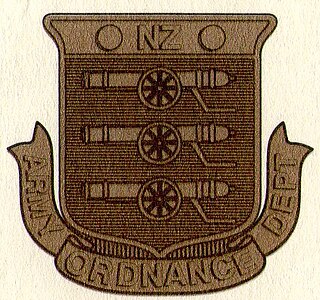
The New Zealand Army Ordnance Department (NZAOD) was the organisation of commissioned officers who were responsible for the supply, maintenance and repair of equipment, small arms and all stores required for the Defence Force from 1917 to 1923.
The New Zealand Army Ordnance Corps (NZAOC) was a Corps whose function was to provide, receive, store, repair, maintain, and issue: ordnance stores, vehicles, ammunition, foodstuffs, and ammunition. Ordnance Organisations had previously existed in the Royal New Zealand Artillery and the New Zealand Defence Stores Department, who for the Territorial Army established a temporary Ordnance Deport organisation and trained staff in Ordnance functions for the 1913 and 1914 Annual camps, so that on the eve of the great war a cadre existed within the Territorial Army to establish an Ordnance Corps to support the NZEF.
Norman Joseph Levien (1871–1967) was a New Zealand Army Officer and a foundation member of the New Zealand Army Ordnance Corps who served in Egypt, Gallipoli and Europe during the First World War.
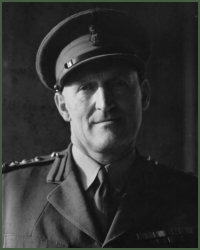
Thomas Joseph King, CBE, was a senior officer in the New Zealand Military Forces and a foundation member of the New Zealand Army Ordnance Corps who served in both world wars.
Logistic Specialist is the Royal New Zealand Army Logistic Regiment trade responsible for providing Supply & Quartermaster support to the New Zealand Army within New Zealand or overseas.

























